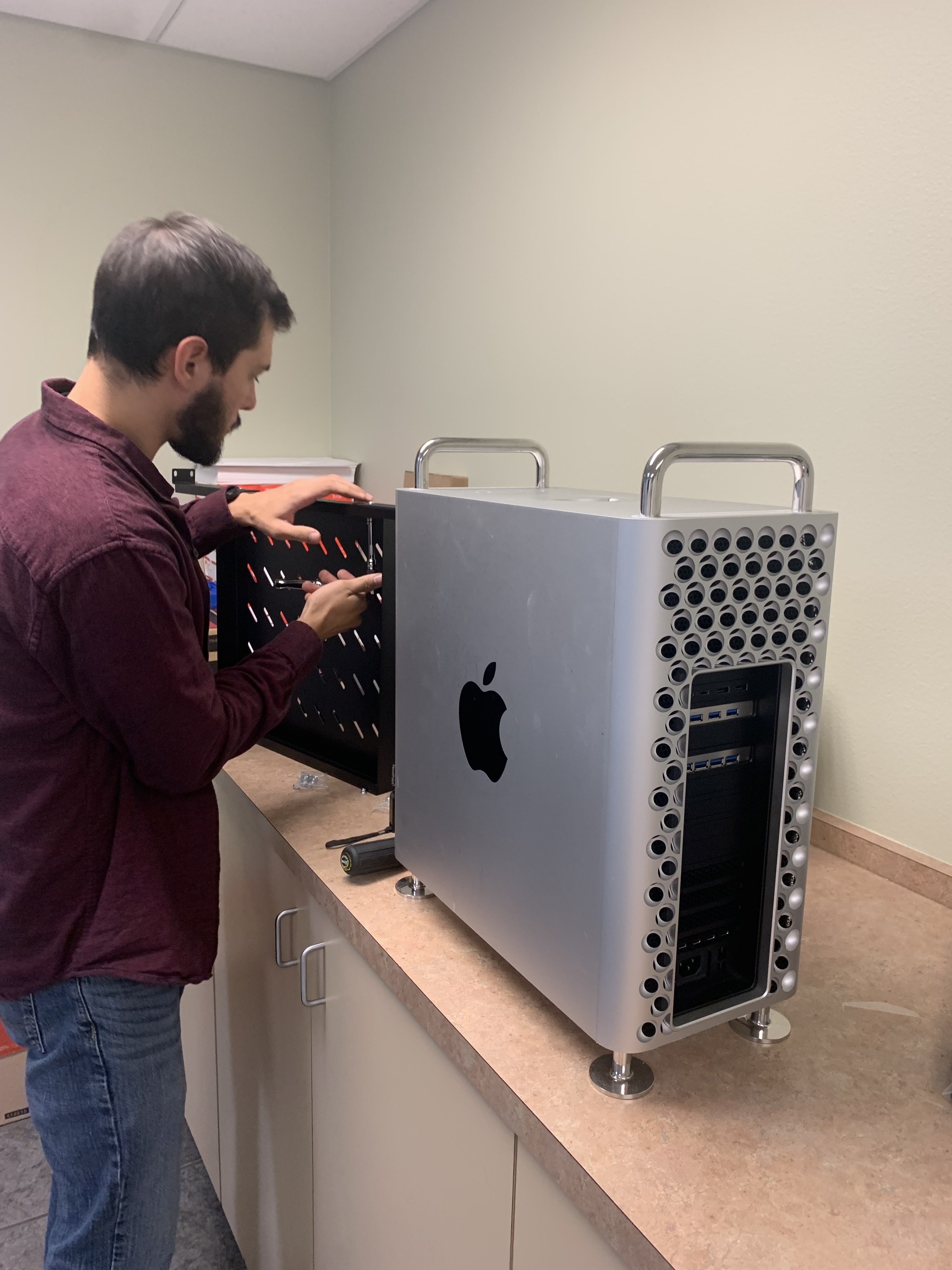

It’s not for every org or team. I often work with small IT teams to provide the expertise until they are able to gain the institutional knowledge themselves. It’s usually a slow process, with transitions on the scale of years for the large companies.


Maybe. The average Joe looks at the price tag and makes up their mind, but it’s a trap. You also have to factor in the support costs. IT staff, device insurance, breach costs, etc. A device costs much more (2x, 3x or even more) than what you pay the OEM on the PO. The biggest sink is the human costs of supporting the fleet. Macs have higher capex but lower opex. In the end I see savings between 20-40% for well fitted clients.